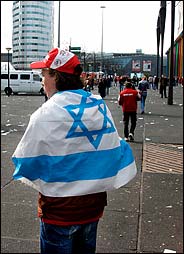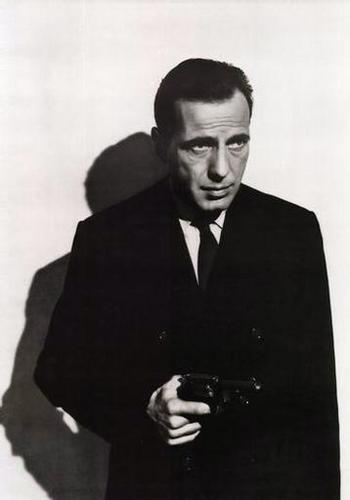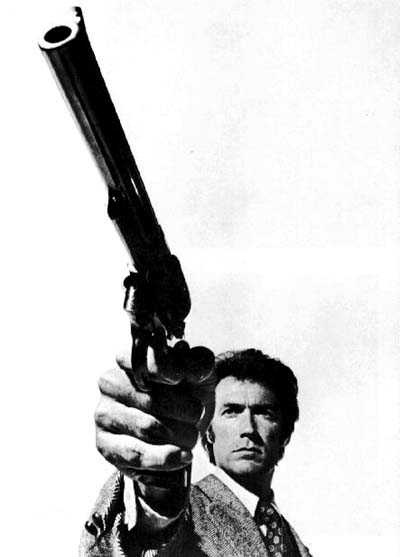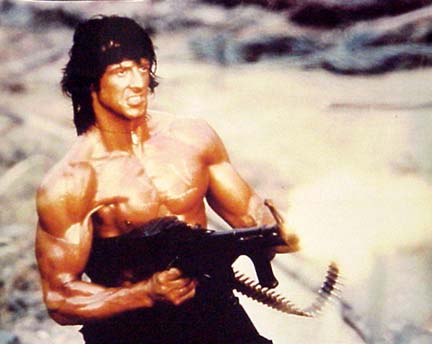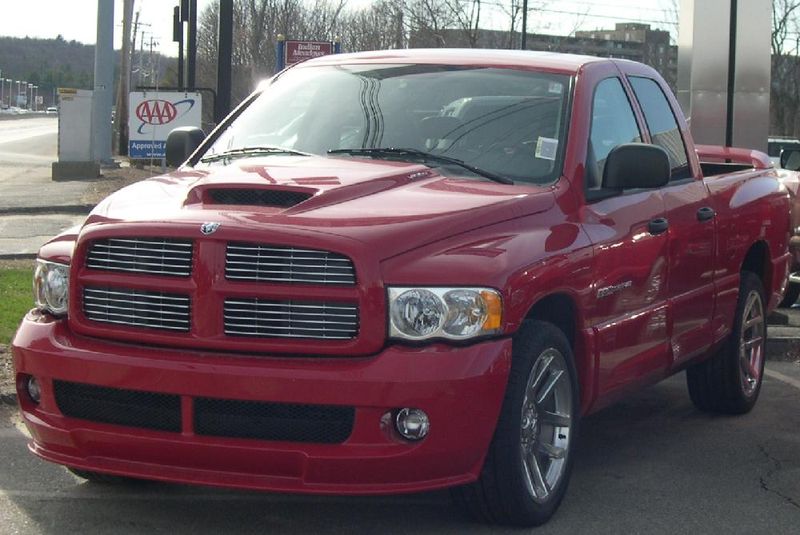Ways to Follow
In addition to the home page and traditional blog form, you can follow the site on Facebook, Twitter, Tumblr, and Pinterest.
Pinterest Account
For quick and easy overview of SocImages material, visit our Pinterest Account. There are more than 25 boards featuring the fundamentals of sociology as well as those with content related to media and marketing, race and ethnicity, sexual orientation, gender, violence, economics, and other fun stuff.
Course Guides and Collections
Course Guides collect strong SocImages posts organized in a way that follows standard syllabi for frequently-taught sociology courses or cover particular books, articles, or theorists. Collections are topical and usually inspired by current events. If you’re a sociology professor or graduate student and would like to volunteer – browse our archives, pull out the most compelling posts, and arrange them in ways other instructors would find familiar and convenient — SocImages would love to feature your collection!
Course guides:
- Introduction to Sociology, by Gwen Sharp (Nevada State College)
- Sociology of Gender, by Mary Nell Trautner (University at Buffalo, SUNY)
- Family and Society, by Marcie Hambrick, MSW (Georgia State University)
- Sociology of Sport, by J.A. Carter (University of Cincinnati)
- Sociology of Work, by Lisa Wade (Occidental College)
- Sexuality and Society, by Amanda Jungels (Georgia State University)
- Sociological Research Methods, by Lisa Wade (Occidental College)
Collections:
- Asian Americans and Pacific Islanders, by Calvin N. Ho (UCLA)
- The fight for same-sex marriage, by Lisa Wade (Occidental College)
- Police, black Americans, and U.S. society, by Lisa Wade (Occidental College)
- White men and their violence, by Lisa Wade (Occidental College)
- Women and history, by Lisa Wade (Occidental College)
- Hurricane Katrina, by Lisa Wade (Occidental College)
- Racist parties at American colleges, by Lisa Wade (Occidental College)
Advice for Students
Guest Blogging
I accept guest post ideas. Please see the Guidelines for Guest Bloggers.
Sample Assignments
We’ve been collecting sample assignments from instructors who’ve tried them out. You can peruse them here.




